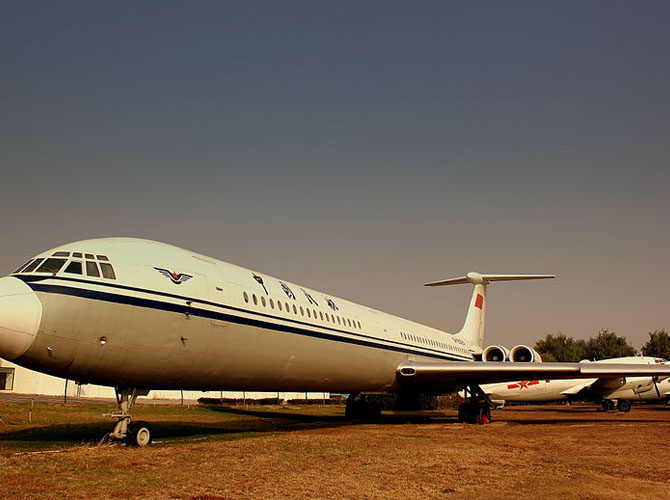
Beijing Capital International Airport is about 25 km (about 15.5 miles) northeast of Tiananmen Square, and is China's busiest and most important international airport. It consists of three terminal buildings. Most international flights land at either Terminal 2 or Terminal 3. You can take Airport Express Train or shuttle bus to downtown. You can also choose Aolian's "Airport Pick up service". Our staff will meet you at the arrival area of Airport, and send you to the universities safe and sound.
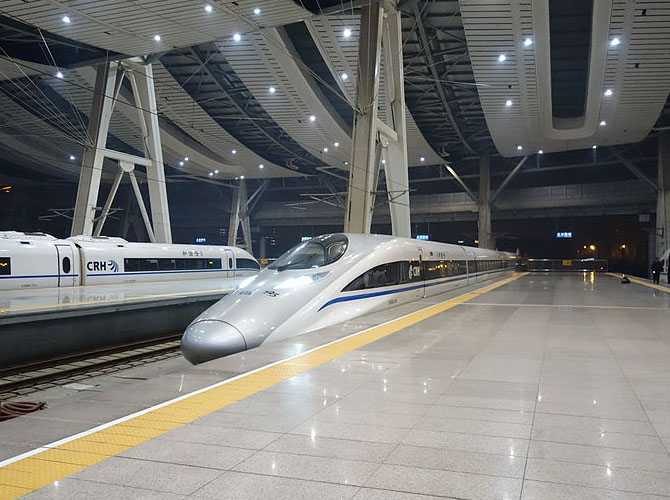
The Beijing Subway now has 16 lines in operation, namely Line 1, Line 2, Line 4, Line 5, Line 6, Line 8, Line 9, Line 10, Line 13, Line 15, Batong Line, Changping Line, Daxing Line, Fangshan Line, Yizhuang Line and airport express. A flat fare of ¥2 with unlimited transfers applies to all lines, except the express link to the airport, which costs ¥25.
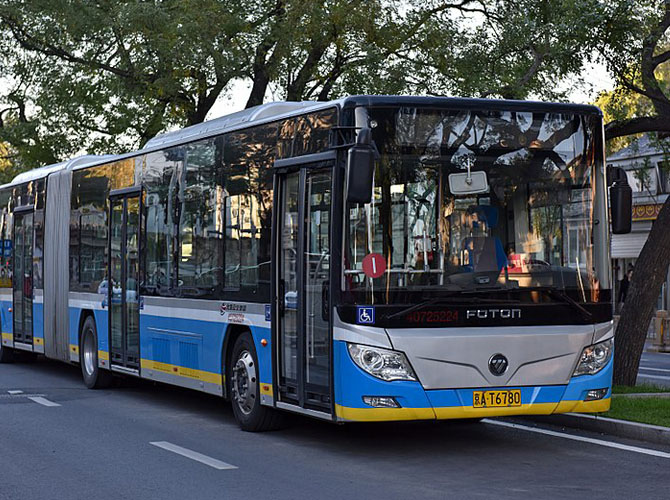
Currently, there are over 800 bus routes in operation from 05:30 to 23:00 in Beijing. Bus fares are usually ¥1 or ¥2. They are mainly divided into the following categories: Numbered 1~100-Bus routes are within the 3rd Ring Road. 101, 102, 103, 104, 105, 106, 107, 108, 109, 111, 112, 114, 115, 118 and 124—Trolleys, most of them run within the 2nd Ring Road. Numbered 201~215—Night routes are only in operation after 23:00. Numbered 300~810—Bus routes are from downtown area to suburban Beijing. Numbered 900~998— Bus routes are long distances such as from downtown area to the Great Wall. See more on Beijing Bus.
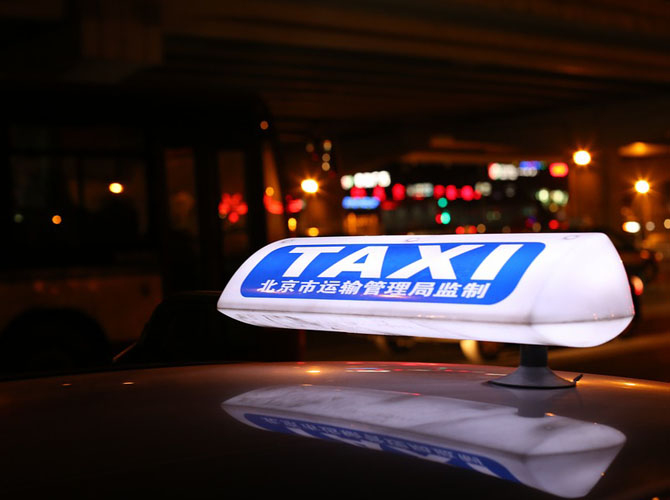
There are over 70,000 taxis running in every corner of the city. Most of the taxi drivers in Beijing can speak some simple English, which offers western visitors a great convenience of being able to communicate with them. The flag fall will start at RMB10 The fuel charge will be a flat rate of RMB 2, regardless of distance The rate per kilometer will be RMB2.3 The flag fall from 11pm-5am will be 20% higher, which (if our math is correct) would put it at RMB15.6. Since all amounts are rounded, this actually means RMB16. During peak times (7-9am and 5-7pm), you will be charged the equivalent of 2km (RMB4.6) for every 5 minutes of waiting. When it's not a peak time, this charge will be the equivalent of 1km (RMB2.3).
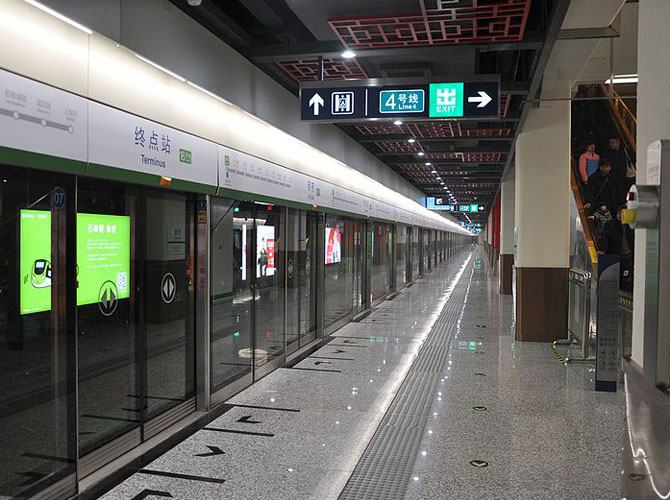
Beijing Transportation Smart Card is available for paying for the services of subway, city buses, some taxis (taxis with the sign of ‘Welcome to Use IC Card’) and the airport express train. Passengers can get 80% discounts when paying for the city-bus fare by the card. What’s more, the Transportation Smart Card can be used at some designated supermarkets, restaurants, department stores, book stores and so on. Beijing has more than 170 sites, which are located at the ticket offices of every Beijing metro stations, some bus stations and some supermarkets.You can apply this card easily.
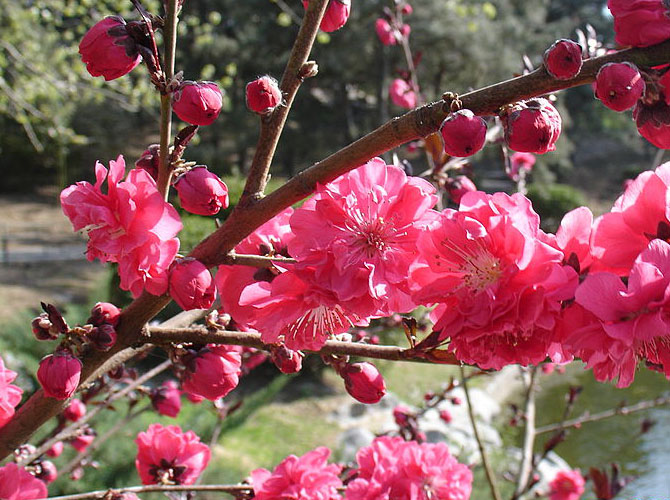
Beijing has four discernible seasons - short windy spring, long hot summer, cool pleasant autumn but long chilly winter. July and August temperatures can exceed 40 °C (104 °F). January can dip to -20 °C(-4 °F). Throughout the spring months (April to May) temperatures in Bejiing rise quickly day to day. They also vary greatly (around 12°C-14°C) between day and night. Spring is a windy, dry season, frequented by heavy sandstorm. Cold winds are also frequent throughout spring months. In early spring, the temperature may drop abruptly. Sandstorm hits Beijing frequently in spring and may delay trips.
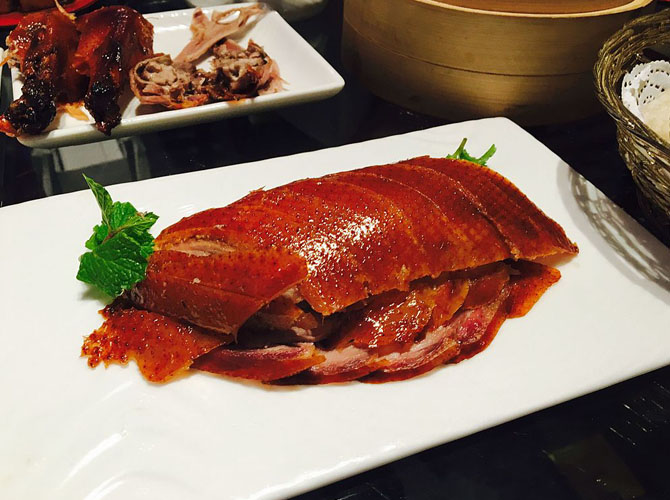
There is simply quite nothing like a perfectly roasted duck with bronzed crispy skin and tender, succulent meat. It is said that there are two things that you must do when visiting Beijing: One is to enjoy the roast duck and the other is to take a stroll on the Great Wall. There are literally dozens of restaurants that serve this famous dish, but perhaps the best known one is Quanjude (全聚德). Quanjude (全聚德) is the most famous restaurant for Peking Duck and is a national chain. Unlike McDonald’s, the quality, as well as price, among different Quanjude restaurants differs greatly. For quality and authentic Peking Duck, only two Quanjude restaurants should be patronized: one in Qianmen (前门) and one in Hepingmen(和平门).
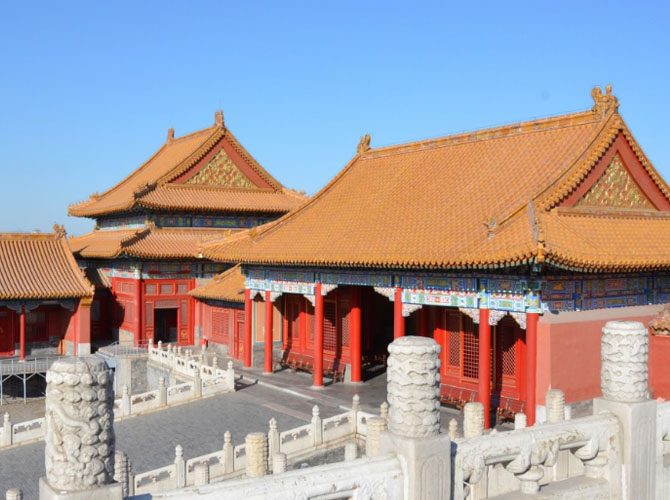
Located in the center of urban Beijing, the Forbidden City served as the residence of the Ming and Qing Emperors. It is the largest and best preserved extant group of ancient architecture in the world. Built in 1420 in the Ming Dynasty, it was the center of feudal rule in China until the fall of the Qing Dynasty in 1911. The complex has been designated as a World Heritage site by UNESCO.
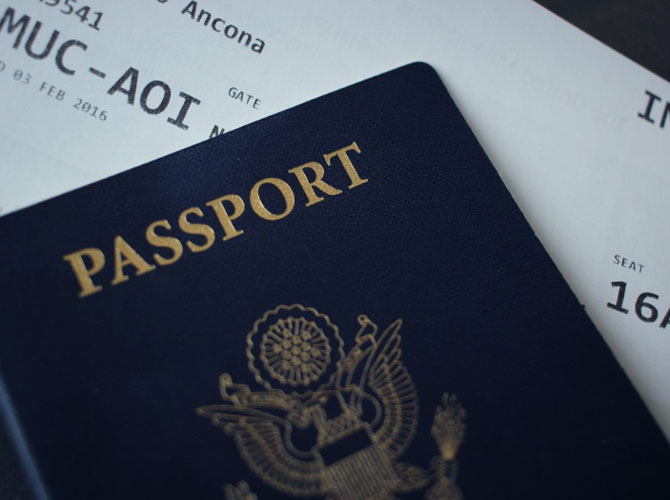
Royal Thai Embassy, Beijing Add: 15th Fl. West, LG Twin Towers, Jianguomenwai Road, Chaoyang District Consular District: Beijing, Tianjin, Hebei Province, Hubei Province, Henan Province, Shandong Province, Shanxi Province, Hei Longjiang Province, Jilin Province, Liaoning Province, Nei Monggol Autonomous Region, Qinghai Province, Xinjiang Autonomous Region , Xizang Autonomous Region Office Hours: Monday-Friday 9:00-12:00, 13:00-17:00 Tel: 86-10-6532-1749